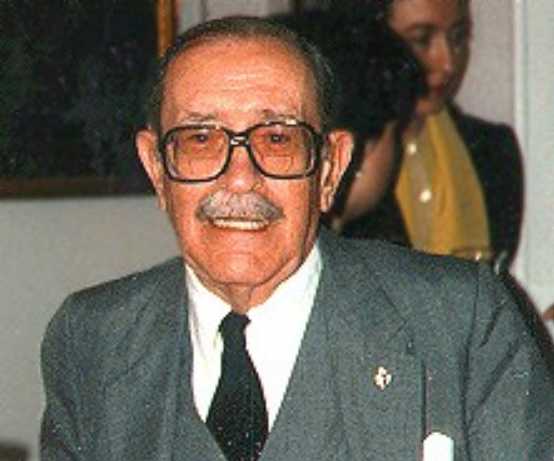4.1.1.15.3 The book of poems “Reino”, 1938, by Eugenio Florit (1903 – 1999)

The collection of poems “Reino” was described by Roberto Fernández Retamar as a perfect work. In it, the poet captures his unique relationship with his surroundings, a sensitive apprehension of the natural space, whose life merges with that of the poet, a unique entity of creation in a certain way to access the divine with a sense of totality, re-created by the poet.
In many of these poems, we see an ego that is not only a participant but also incorporated into the flow of its context, with a certain neo-romantic aura; the poet opts for a distant evocation in his desire to delve deeper, to merge with the object, on a poetic journey that gradually peels away the successive shells in which the truth of being is hidden, the truth of the senses stripped of themselves, where being merges with that which is higher, surely one or another conception of the god.
The following poem illustrates the desire for annihilation, not tragic but in its highest sense, loving—not only to possess, but to transmute into the beloved—and in which a particular perspective on death is reflected. In this collection of poems, the poet somewhat opens up the verse structures, emerging from his poetic chrysalis to delve into otherness, until then his environment, but later the need for an imaginary interlocutor would grow, even if only to echo the poem.
The following text points towards the aforementioned physical and spiritual communion with nature:
“When the earth is my bread and my wine,
I will have found the dream forever.
A dream of centuries, of springs
and winters
that will pass over my cold bones.
And so will be my poet juice
pouring into inland streams
to go out in the sun in crystal-clear waters”
Throughout all the pieces, one can appreciate a lyricism of words that revolve around themselves, with a certain neo-romantic influence and at the same time an intimacy devoid of the exaltation of early romanticism. The religious-transcendent sense that he gives to poetry is also present in the investigations into love, the cult of women, from an idealized vision.
As in the previous collection of poems, the topic of death is addressed again, closely associated with the welcoming divine, the rupture of the heaven-earth polarity, which is hinted at by associating death with divinity, two sides of the same coin that the poet allows to run throughout his poetic journey. The following sonnet also alludes to a certain achieved serenity, silence, and death as an ideal:
“For you the song, wounded eagle,
swan of bloody twilights,
petal of the flower trembling
by the embrace of the winds.
For you, gray morning sky
emptiness of the lark and the poppy,
and for you, night of distant voice,
of a heart without faith, of a lonely soul.
The glass of my poetry no longer lowers
a drop of ardor, from the spring
of yesterday’s snow, today only mine.
Oh, I’m almost there to see you,
hour of peace, true silence,
generous caress of death.”








